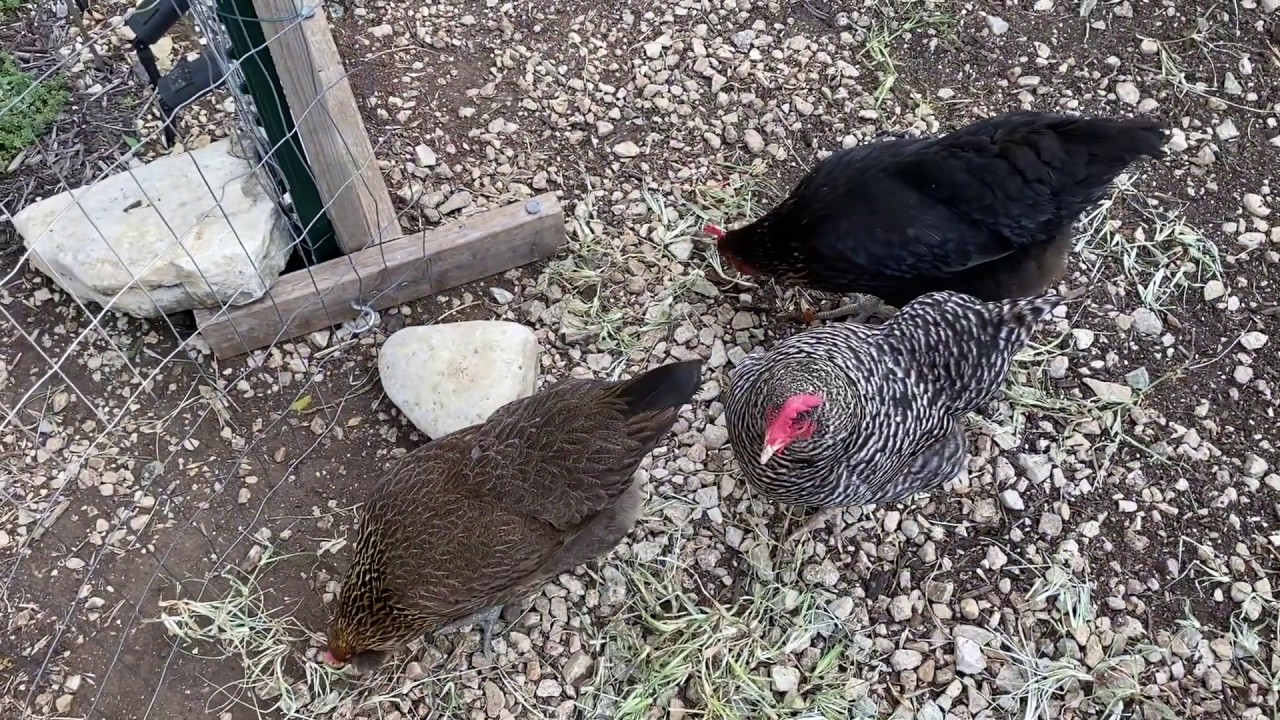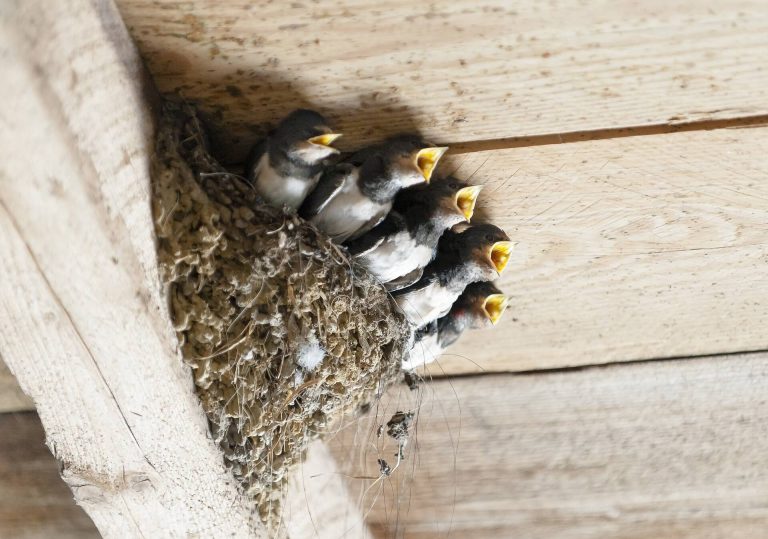Why Do Chickens Eat Rocks? A Deep Dive Into the Surprisingly Smart Digestion of Birds
I still remember the first time I saw a chicken pick up a pebble and swallow it like it was a treat. I was visiting a small family farm on the outskirts of Sylhet, Bangladesh. The chickens had access to a wide yard, and though they pecked at bugs, seeds, and greens—as you’d expect—they also seemed particularly interested in small stones.
At first, it looked strange. But with years of bird observation behind me, I now know this behavior is anything but random. In fact, eating rocks is an essential and highly adaptive part of a chicken’s digestive process.
So, why do chickens eat rocks?
Let’s explore the fascinating biology, evolution, and behavior behind this peculiar yet vital habit.
1. The Short Answer: Chickens Eat Rocks to Help Grind Food
Chickens don’t have teeth. Instead of chewing their food like mammals, they rely on a muscular internal organ called the gizzard to grind up what they swallow.
But the gizzard can’t do it alone.
That’s where the rocks—more accurately called grit—come in.
According to the University of Florida Extension, “Chickens consume small rocks (grit), which sit in the gizzard and help mechanically break down food before it reaches the intestines.”
So, chickens don’t eat rocks for nutrition—they use them as digestive tools. Think of grit as the bird’s internal mortar and pestle.
2. How the Chicken Digestive System Works (Brief Overview)
To truly understand the role of rocks in a chicken’s diet, it helps to know how their digestive system is built:
🐔 Chicken Digestive Pathway:
- Beak – Picks up food, no chewing involved.
- Crop – A pouch that stores food temporarily.
- Proventriculus – A glandular stomach where enzymes start breaking down food.
- Gizzard (Ventriculus) – The muscular stomach where mechanical digestion happens.
- Small Intestine – Absorbs nutrients.
- Ceca & Large Intestine – Ferments remaining matter and absorbs water.
- Cloaca – Waste exits.
It’s the gizzard that does the heavy lifting. And without grit, it can’t function effectively.
As explained by the Poultry Science Association: “The gizzard contracts powerfully, and grit acts like teeth—crushing seeds, grains, and even small bugs into digestible particles.”
3. What Kind of Rocks Do Chickens Eat?
Not just any rock will do. Chickens instinctively choose:
- Small, hard stones
- Usually between 1–5 mm in size
- Often rounded pebbles or sharp bits of granite, quartz, or flint
This natural selection helps ensure:
- The rocks won’t puncture internal organs
- They’re durable enough to last inside the gizzard for days or even weeks
Domesticated chickens, especially those without access to natural soil, are often given commercial grit (sold in feed stores) to ensure they have what they need.
There are two main types:
- Insoluble Grit – Stays in the gizzard, helps grind food
- Soluble Grit (like oyster shell) – Dissolves and provides calcium for eggshell production
Both are important—but it’s the insoluble grit that mimics wild foraging behavior.
4. Chickens Are Born with the Instinct to Seek Grit
Even chicks just weeks old will begin pecking at sand, dirt, and small stones if given access. It’s a behavior hardwired into their instincts.
Why?
Because in the wild—or even in a backyard—chickens eat more than just feed:
- Grass and weeds
- Seeds and grains
- Insects and larvae
- Tiny pebbles in soil
Without grit, all of that natural food becomes much harder to digest. A chick’s digestive system can get backed up, and it may even lead to impacted crop or sour crop—conditions that can be life-threatening.
According to Ohio State University’s Agricultural Extension, “Providing chicks with access to chick-sized grit as early as two weeks of age promotes healthy digestion and prevents crop issues.”
5. What Happens If Chickens Don’t Get Enough Grit?
In birds without access to grit, especially those fed whole grains or free-range diets, several issues can arise:
- Poor nutrient absorption
- Slower growth
- Crop impaction (food stuck in the crop)
- Reduced egg production
- Digestive stress or infections
Even with a commercial pelleted diet (which is already processed and easier to digest), many chicken keepers still provide grit as a precaution—especially if the birds get kitchen scraps, cracked corn, or pasture time.
6. Natural Foraging and Soil Health
Watching chickens peck at the ground isn’t just fun—it’s part of how they maintain digestive health. They:
- Eat small stones along with bugs and roots
- Self-regulate grit intake
- Adjust based on need (e.g., more grit after eating tougher foods)
In many traditional or rural communities, you’ll see chickens roaming freely—and they’re healthy, precisely because nature gives them access to what their gizzards require.
As someone who’s observed chickens on both free-range farms and in backyard coops, I can tell you: the difference in their digestive behavior is remarkable.
7. Do Other Birds Eat Rocks Too?
Yes! Chickens aren’t the only birds to eat grit. Many species, including:
- Turkeys
- Pigeons
- Doves
- Parrots
- Quails
- Emus
- Ostriches
All rely on grit to digest food, especially those that consume hard seeds or tough plant material.
Even some dinosaurs are believed to have eaten stones—called gastroliths—to aid digestion. Fossilized remains have shown smooth pebbles in the abdominal regions of some species.
As the Smithsonian’s National Zoo notes: “Grit consumption is a shared trait across granivorous and omnivorous bird species, reflecting evolutionary solutions to life without teeth.”
8. Grit Isn’t a Nutrient—But It’s Essential
While grit itself doesn’t provide calories or protein, it’s absolutely essential for turning food into energy.
Think of it this way:
- Without grit → food stays whole → nutrients aren’t absorbed → health declines
- With grit → food is ground properly → digestive enzymes work better → bird thrives
That’s why even highly efficient commercial poultry operations supplement with grit—even though it’s not technically “feed.”
9. Common Questions About Chickens Eating Rocks
Let’s clear up a few things I hear often from backyard chicken keepers and new poultry enthusiasts:
❓Can chickens eat too much grit?
Rarely. Chickens self-regulate very well. Problems usually arise when no grit is available or when they’re fed inappropriate objects (e.g., plastic or metal pieces mistaken for rocks).
❓Is sand a good substitute for grit?
Not really. Sand is too fine to help grind larger food particles. While it’s okay for chicks or dust bathing, coarse grit (like granite) is best for digestion.
❓How often should I provide grit?
If your chickens free-range on varied terrain, they likely find their own. But if they’re confined or primarily fed pellets, offer commercial grit weekly or free-choice in a separate container.
❓Should chicks get grit?
Yes—but they need chick-sized grit (finer particles). Introduce it at 2 weeks old, especially if they’re eating anything besides crumbles or starter feed.
Final Thoughts: A Smart Strategy Hidden in the Soil
So, why do chickens eat rocks?
Because nature is brilliant.
In the absence of teeth, evolution gave chickens a way to digest tough seeds and grains using the power of mechanical grinding inside the gizzard—and it all works because of grit.
It’s not a weird behavior. It’s not confusion. It’s a finely tuned instinct that supports everything from growth to egg laying to long-term health.
The next time you see a hen pecking curiously at the ground and swallowing a tiny stone, know this: you’re watching a prehistoric solution at work—still relevant, still perfect, still necessary.
Read also: Why Can Birds Stand on Power Lines? The Science Behind a Common Mystery







